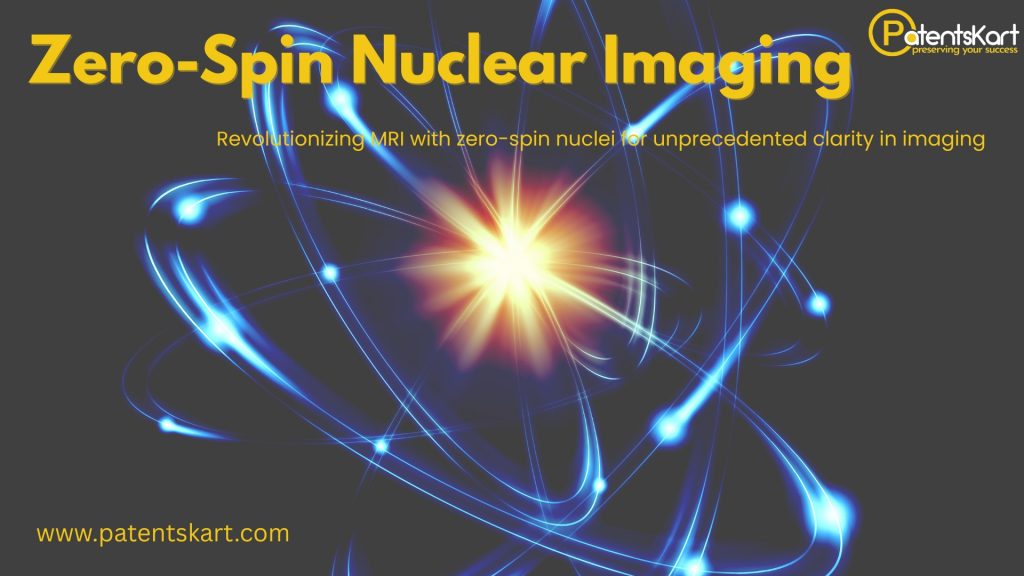Zero-spin nuclear imaging is an emerging magnetic resonance imaging (MRI) technique that utilizes nuclei with zero magnetic spin, such as oxygen-16 or carbon-12, to overcome traditional limitations in spatial resolution and contrast. This method relies on detecting subtle magnetic field perturbations and indirect quantum interactions, offering insights into low-abundance molecular structures and non-metallic elements. Applications include ultra-precise imaging in neuroscience, molecular diagnostics, and materials science. As hardware and computational models advance, zero-spin imaging may significantly enhance non-invasive diagnostics and deepen our understanding of complex biological and chemical systems.
